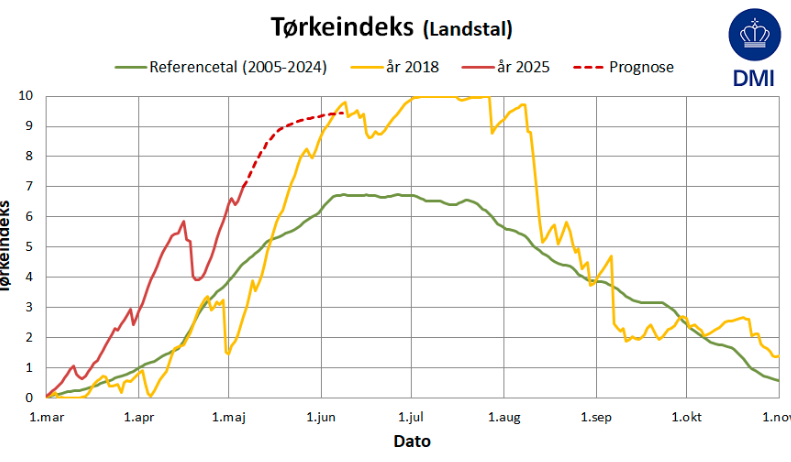Several Danish researchers based at the University of Buffalo have been involved in trying to solve one of the most enduring conundrums in nature: does the Yeti exist and, if so, what is it?
DNA samples from the Himalayas purporting to be from the mythical creature have been examined, including those taken from hair, teeth, bones, skin and excrement. Of the nine samples, eight proved to be from bears and one from a dog, reports Videnskab.dk.
“Our results point strongly to the fact that the biological underpinning for the Yeti myth can be found in the local bear population, and the study also shows how genetics can be used to solve other similar mysteries,” said the leader of the research team, evolutionary biologist Charlotte Lindqvist, herself a Dane.
According to legend, the abominable snowman (aka Yeti) – not to be confused with Bigfoot, a native of northwestern US – is a dangerous humanoid creature that comes down from the Himalayas to take both cattle and young girls.
No conclusive proof
Although stories of the creature have circulated for hundreds of years, scientists have not been able to find any conclusive proof of its existence despite reports of footprints, and the existence of various other bits and pieces purporting to be from the creature.
In 2014, a geneticist from Oxford University, Brian Sykes, examined tufts of hair allegedly from a Yeti and suggested that the sample could originate from a hitherto-unknown species of bear.
The Danish-led team carried out a new and more thorough analysis – the results of which have just been published in the Proceedings of the Royal Society B.
Lars Thomas, a specialist in mythical creatures attached to the Centre for Fortean Zoology in England, welcomes the new research but cautioned: “Even though [the new study] weakens the whole Yeti myth to a certain extent, it does not prove conclusively that the Yeti doesn’t exist. It only shows that the samples that have been thought to be from the Yeti come from bears.”
However, Lindqvist is in no doubt. “For me, the mystery of the Yeti is solved, but there will always be some who say: ‘Okay, so what, these samples were only bear’, but I think that I’m convinced.”
At the same time, Lindqvist is also certain that like all good unsolved mysteries, the myth of the abominable snowman will live on.
Rare dolphin species washed up in Skagen
On Monday, a rare white-beaked dolphin was washed ashore dead on Nordstrand in Skagen at the northernmost tip of Denmark, reports TV2 Nyheder. Simon Christiansen from the Skagen birdwatching centre said that “Oddly enough, after the harbour porpoise the white-beaked dolphin is the next most common type of dolphin in the North Sea and Skagerrak, but you hardly ever see them and certainly not like this, washed ashore on the beach.” Christiansen estimates that the dolphin is around 3 metres long and weighs about 300 kilos.














